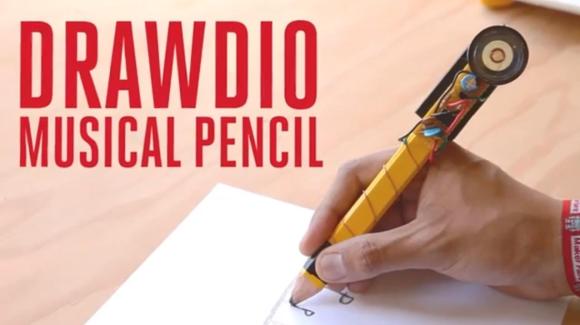
Headphone amplifiers make for simple, practical electronics projects. The Bass Bump Headphone Amp is no exception, since it’s made out of easy to source parts, and can be built on a proto-board.
We’ve seen many variants of the classic cMoy amplifier, including this pretty one. The Bass Bump differs by providing control over bass frequencies. It does this by putting a filter in front of the amplifier, with a potentiometer to select the mix of frequencies. This goes into a LM386 audio amplifier. At the output is a Zobel network to keep the impedance low at high frequencies. The amplifier can be powered from either a 9V rechargeable battery, or a USB port.
It’s a simple build, but definitely a good one to try on a rainy day. The write up explains how the analog circuitry works, and gives you full instructions on how to build it. After the break, check out a video overview of the project.















